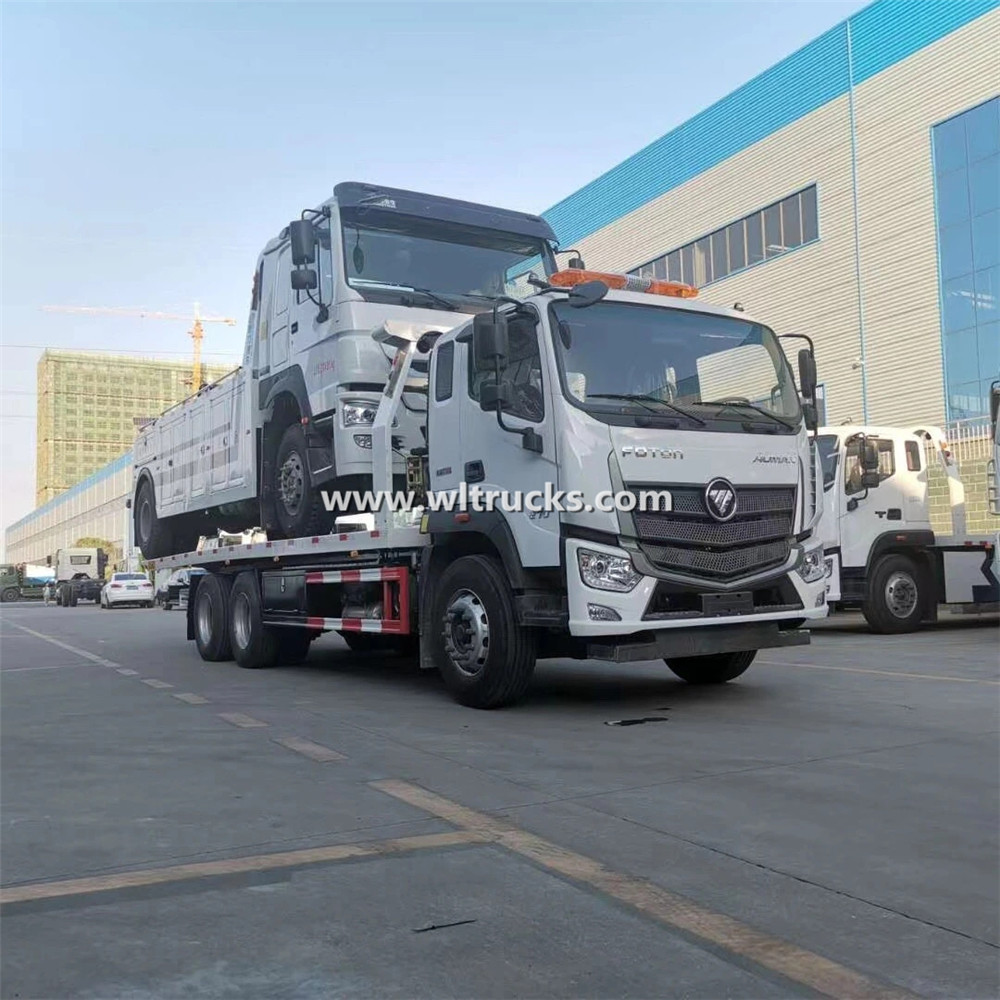
ONE. Coordination of command and dispatch system
The biggest characteristic of road traffic accidents and vehicle breakdowns is “suddenness”, which requires timely processing time. Therefore, the rapid response of the dispatching system of the command “central” is essential.
A rescue company or a regional emergency response system often has an information platform to collect relevant information from all aspects at any time. After obtaining the information about the incident, the command center must first consider the basic road conditions at the location of the accident, the size of the accident, the size of the faulty vehicle, the materials carried, and the severity of the damage, and then how many and how large tonnage wreckers should be arranged for rescue.
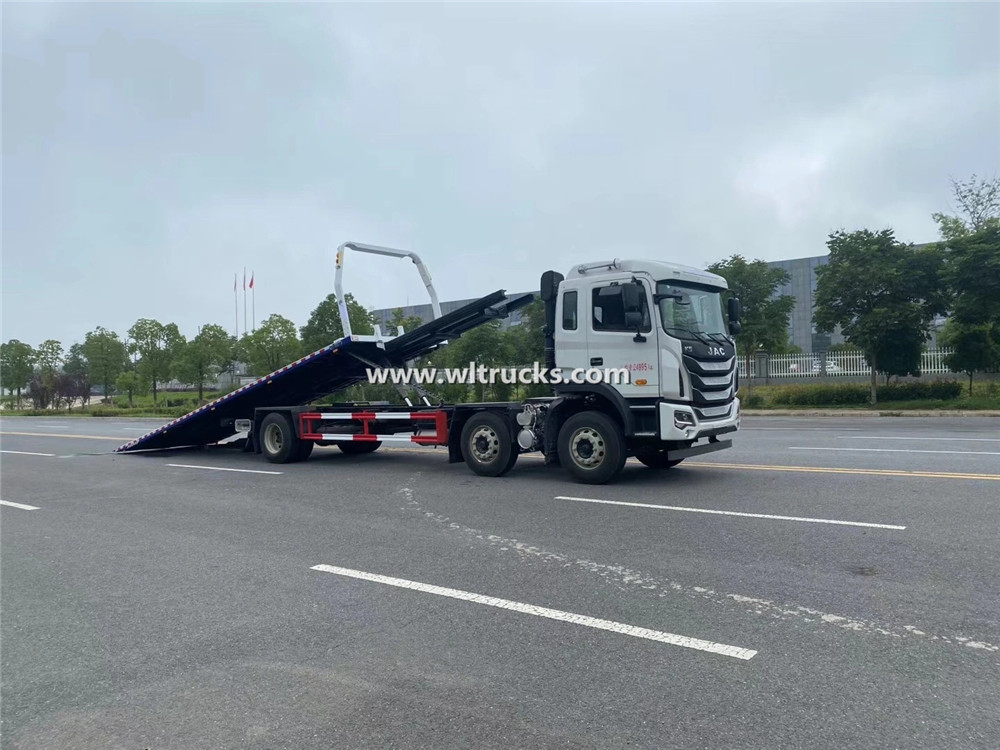
For example, when a small car accident occurs in a hutong lane, a small wrecker truck or motorcycle wrecker that can be turned on the spot is sent to the rescue; if a container truck or cement mixer overturns on the highway, the driver’s safety is threatened In addition to dispatching one or two wreckers to participate in the rescue, it is also necessary to prepare enough rescue tools. Second, from the perspective of saving resources and gaining time, mobilize nearby vehicles to quickly go to rescue.
In a short period of time, it is necessary to think about and straighten out a series of problems, and make decisive decisions, which requires commanders to establish an overall concept, have a strong sense of work responsibility, and have a strong ability to respond quickly.
TOW. Coordination of the basic functions of the vehicle
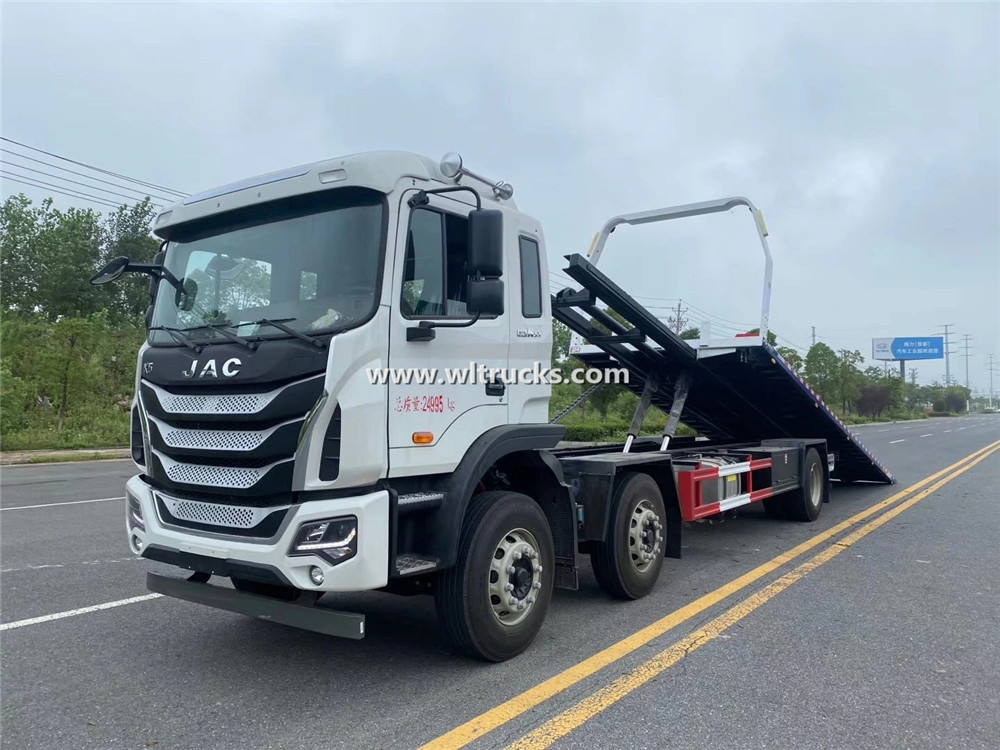
The current road wrecker truck is developing in the direction of “one car with multiple functions”.
The designer strives to make a wrecker truck to solve all the problems of road accidents. However, due to the short development history of wrecker trucks, many technical problems are in the exploratory stage.
At present, it is still impossible to achieve the “one car with multiple capabilities” that is currently prayed for. Moreover, many wreckers are limited by cost and are not clearing obstacles.
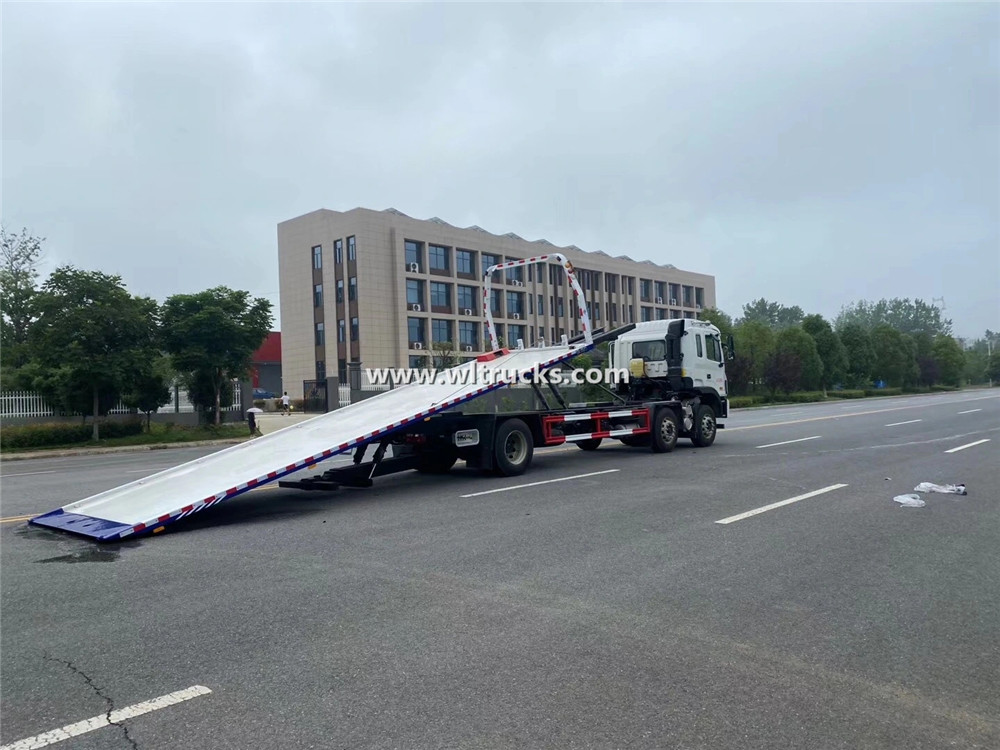
The car is too comprehensively configured, but the basic functions-hoisting, lifting, towing, rotating, winch and other functions should be available.
If the function of the wrecker is too simple, it will take two or three wreckers with different functions to complete the rescue in an accident, which will take time and seriously affect the efficiency of the wrecker and go against the rapid response of the wrecker.
THREE:the configuration of special equipment
There are two aspects here. One is the configuration of special equipment. Although some obstacle clearance cases are not many, they are relatively rare, and are difficult and risky.
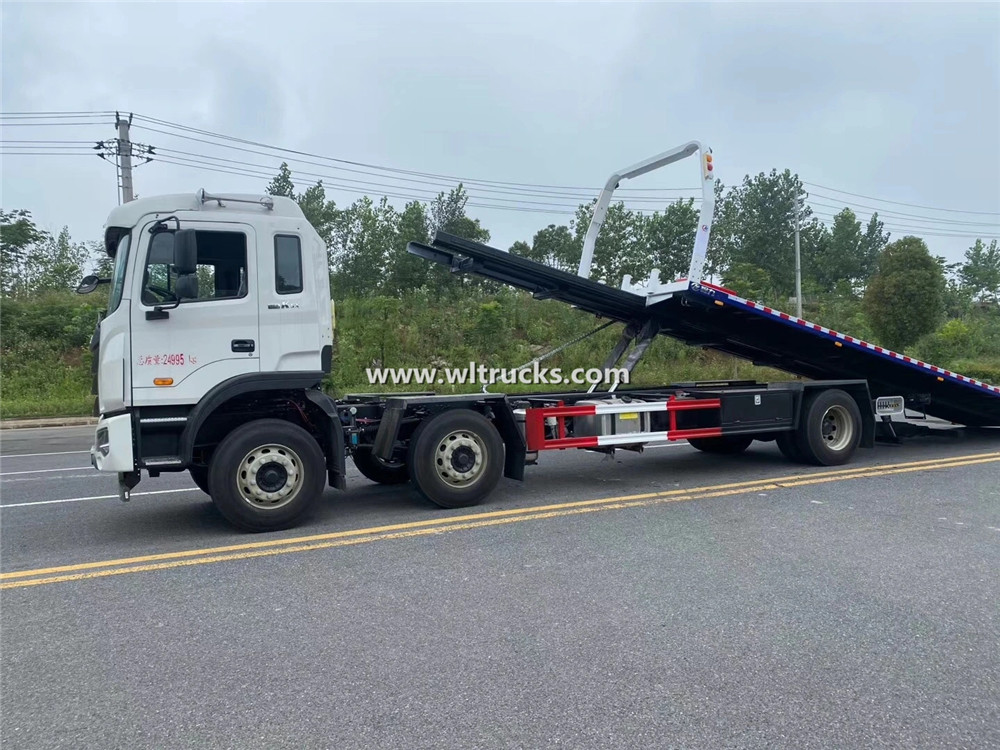
For example, gas leaks from gas tank trucks and chemical spills from tank trucks need to be equipped with relevant fire extinguishing and chemical protection equipment in advance.
Without these forest materials, rescue work would be impossible. The second is the configuration of special tools. At the scene of the accident, drivers and passengers may be trapped or even life-threatening.
Wrecker trucks should be equipped with electric saws as soon as they are moved, and they can participate in the rescue at any time. What should I do if the front or rear wheels of a small private car are locked in an accident?
Towing requires the cooperation of auxiliary wheels; when clearing obstacles at night, the light on the road is poor, and the help of high-power lights is indispensable, and the “ice cream cone” of traffic management within the clearing range is indispensable. These basic accessories must be fully equipped, otherwise the rescue efficiency will be affected.
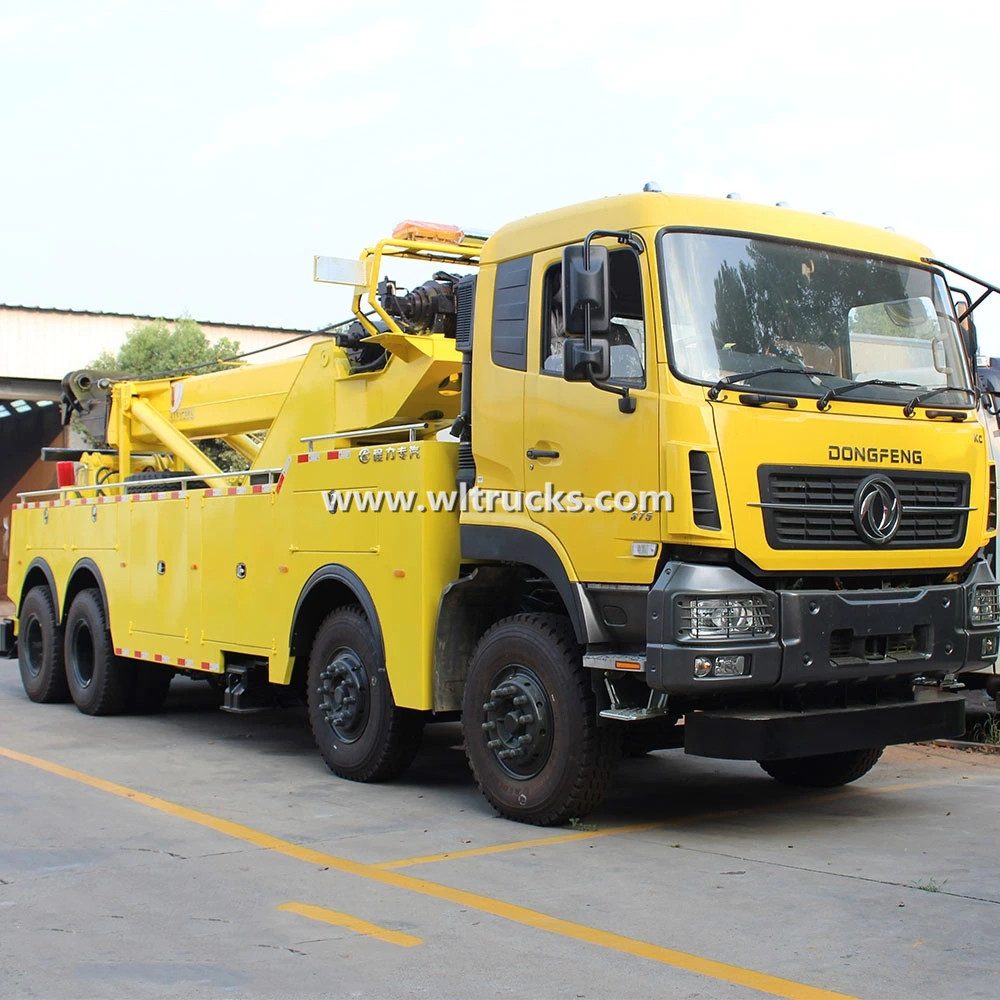
FOUR.the cooperation of the quality of the operators
The wrecker truck is a special operation vehicle. The focus of work will change with different heights and time periods of lifting and lifting. Operators must undergo professional training and pass the exam before they can work.
At the same time, they must also carry out frequent communication activities and pass analysis Case, improve the level of operation. The technical maturity of operators should be reflected in the following aspects: First, they must understand the basic performance of the vehicle, be proficient in the use of tools, and be aware of the matters that need attention during each operation.
The second is to learn to protect yourself and avoid risks that may endanger yourself during rescue.
The third is to protect the site, pay attention to the safety of the personnel handling the accident site and the vehicle evacuation work, and try to avoid causing traffic congestion, injury to the surrounding personnel, and damage to the public property on the site.
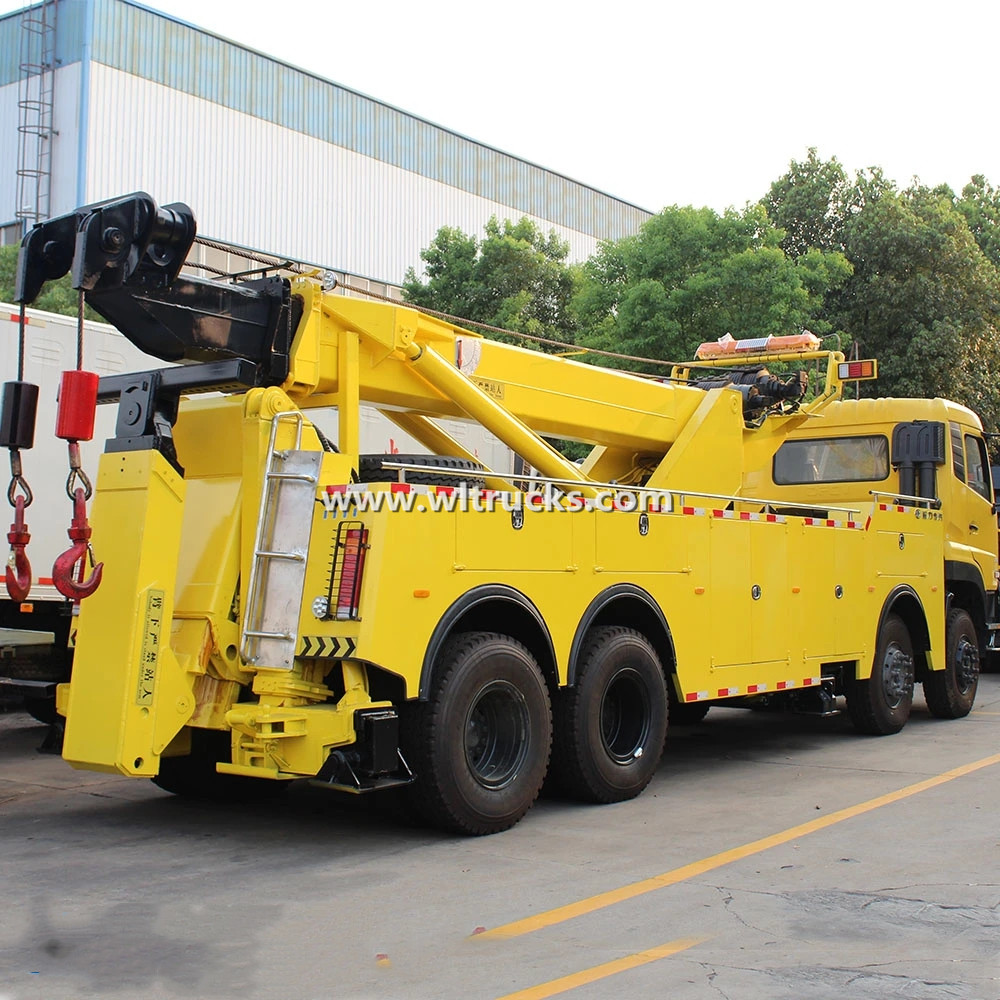
The fourth is to take care of the victim and try to reduce the secondary damage to the rescued vehicle. A successful rescue requires multi-faceted cooperation, but highly qualified operators often play a key role.
FIVE. Coordination of functional departments and all parties
Obstacle removal rescue units and obstacle removal operators do not have administrative law enforcement functions in the current laws.
In the process of handling traffic accidents, they shoulder the special mission of occupying roads for “violating” operations, which will inevitably cause certainty to the smooth flow of roads. Impact.
Therefore, its behavior should be recognized by the traffic management and traffic police departments, and provide strong support and cooperation, and do a good job in the protection of the accident site and the flow of people and vehicles during the troubleshooting period (this work has always been coordinated. Very good);
The drivers and passengers of the vehicle in the accident should actively cooperate with the on-site handling, and the passing vehicles should obey the command of the traffic police, color according to the relevant instructions, and slow down and pass through the work area.
SIX. Coordination for regular maintenance of vehicles
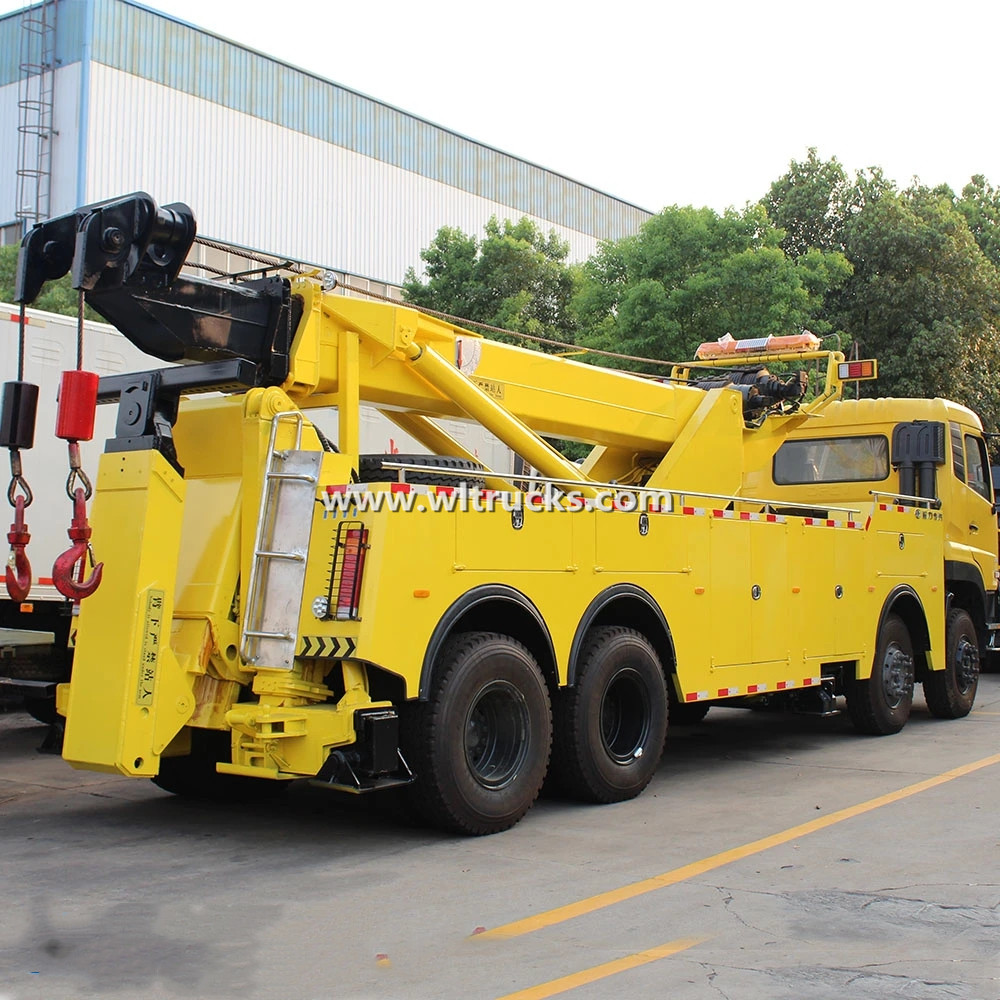
In daily maintenance, check all stressed parts (such as subframe, support arm, boom, wire rope, hook, cylinder support, boom seat, fork, etc.) for damage, deformation or cracking, and various Whether the friction surface has fuzz, burns, seizure or excessive wear loss, the problems should be dealt with in time to prevent accidents during operation.
Before operation, check the pressure-holding performance of the lifting mechanism, try to avoid overload or unbalanced load, and always keep the lubrication of each moving surface well.
70% of the failures of the hydraulic system are caused by hydraulic oil, and 90% of the failures caused by the hydraulic oil are caused by foreign matter mixed in the hydraulic oil.
Therefore, it is necessary to prevent the hydraulic oil from being contaminated, to ensure that it works at normal oil temperature, to ensure the intact technical condition of the hydraulic device, to check the hydraulic oil regularly and to replace the hydraulic oil and clean the hydraulic system as required.
Maintenance is mainly embodied in the following aspects: the power take-off must be separated when driving, and the vehicle must be slowed down when holding the vehicle.
The hydraulic oil should be appropriate, clean, reliable in quality, regularly replaced and not mixed. The difference between the hydraulic system pressure and the rated pressure should be kept within ±10%.
Too high or too low will affect the normal operation of the hydraulic system. Always check the hydraulic system for leaks. When the hydraulic system needs to work for a long time, or when the temperature is high, the temperature of the hydraulic oil must not exceed 60℃.
Always check the firmness of the main bolts, especially the positioning bolts of each pin. When the winch is in operation, the wire rope on the winch shall not be less than 5 turns. When the wire rope is loaded, the control device of the winch clutch cannot be touched.
